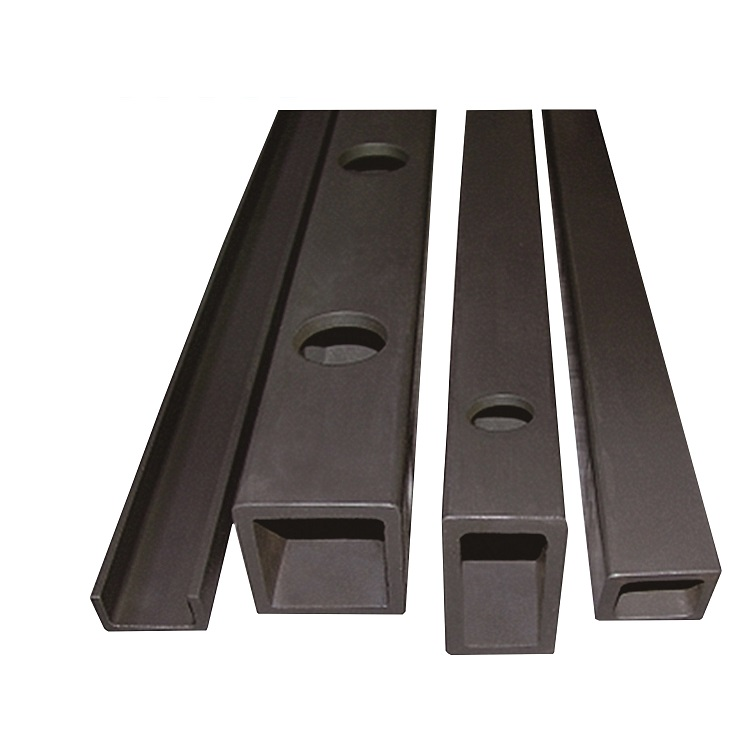Silicon carbide, also known as carborundum, is a compound composed of silicon and carbon. It is a highly versatile material with various industrial applications due to its exceptional properties, such as high hardness, excellent thermal conductivity, and chemical resistance. To produce silicon carbide ceramics, specialized processing equipment is required. In this article, we will explore the different types of equipment used in silicon carbide ceramic processing.

1. Raw Material Preparation:
The first step in silicon carbide ceramic processing is the preparation of raw materials. Silicon carbide powder is typically produced by reacting silica sand (SiO2) with carbon in an electric furnace. The reaction takes place at high temperatures (around 2,500°C) and results in the formation of silicon carbide crystals. To obtain the desired particle size and purity, the raw material is further processed using various equipment, such as ball mills, crushers, and classifiers.
2. Mixing and Blending:
Once the silicon carbide powder is prepared, it needs to be mixed with other components, such as binders and sintering aids, to form a homogeneous mixture. Mixing equipment, such as planetary mixers or ribbon blenders, is used for this purpose. The mixing process ensures uniform distribution of additives throughout the powder, which is crucial for achieving consistent ceramic properties.
3. Shaping and Forming:
After the mixing process, the silicon carbide powder is shaped into the desired form. This can be done through various techniques, including pressing, extrusion, and slip casting. Pressing equipment, such as hydraulic presses or isostatic presses, applies pressure to the powder to compact it into a solid shape. Extrusion machines force the powder through a die to create continuous profiles, while slip casting involves pouring a slurry of silicon carbide powder and binder into a mold.
4. Drying and Pre-sintering:
Once the silicon carbide shape is formed, it needs to be dried to remove any moisture or solvents. This is typically done using drying ovens or kilns at controlled temperatures. After drying, the green body undergoes a pre-sintering process to remove any remaining organic binders and to strengthen the structure. Pre-sintering is usually carried out in a furnace under specific temperature and atmosphere conditions.
5. Sintering:
Sintering is the final step in silicon carbide ceramic processing, where the green body is heated to high temperatures (around 2,000°C) to achieve full densification. This process causes the silicon carbide particles to bond together, resulting in a dense and strong ceramic material. Sintering can be performed using different types of equipment, such as pusher furnaces, batch furnaces, or continuous furnaces, depending on the production requirements.
In conclusion, the production of silicon carbide ceramics requires specialized processing equipment to transform raw materials into the final product. From raw material preparation to shaping, drying, and sintering, each step plays a crucial role in achieving the desired ceramic properties. Understanding the different types of equipment used in silicon carbide ceramic processing is essential for ensuring high-quality and efficient production.












